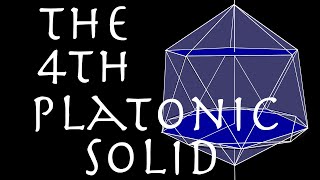Small ditrigonal icosidodecahedron
In geometry, the small ditrigonal icosidodecahedron (or small ditrigonary icosidodecahedron) is a nonconvex uniform polyhedron, indexed as U30. It has 32 faces (20 triangles and 12 pentagrams), 60 edges, and 20 vertices. It has extended Schläfli symbol a{5,3}, as an altered dodecahedron, and Coxeter diagram or . It is constructed from Schwarz triangle (3 3 5⁄2) with Wythoff symbol 3 | 5⁄2 3. Its hexagonal vertex figure alternates equilateral triangle and pentagram faces. (Wikipedia).




















